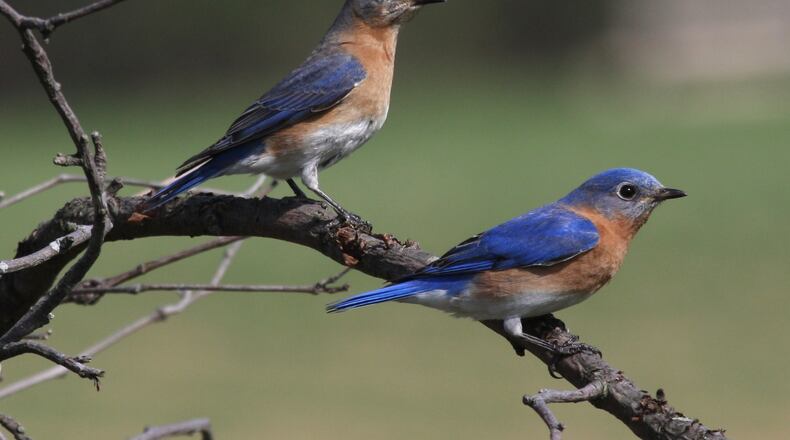“It Might as Well be Spring” was the hit song from Rodgers and Hammerstein’s 1945 musical film “State Fair.”
But it also could be the theme song for February in Georgia. The days are rapidly getting longer now: Georgia has gained more than 45 minutes of sunlight since the winter solstice on Dec. 21. In fact, Feb. 3 was the midpoint between the winter solstice and the spring equinox that arrives on March 20 — meaning we’re already halfway through winter. By mid-February, we’ll be gaining nearly three minutes of daylight each day on our way to the summer solstice and the longest day of the year on June 21.
Lengthening days are cues for the natural world to rev up. Several butterfly species start flitting about. Cardinals, Carolina wrens, tufted titmice and Carolina chickadees start singing this month to lure mates and establish territories. Bluebirds earnestly check out nesting sites. Purple martins arrive and set up housekeeping. Early-nesting bald eagles and great horned owls already are tending chicks in nests.
Several members of the amphibian world crank up. Spring peepers will be calling this month over much of the state. Upland chorus frogs will be calling in the Piedmont; Southern and ornate chorus frogs will be doing so in the Coastal Plain.
Numerous wild mammals also will be feeling the power of love. Bobcats, raccoons, gray foxes, red foxes, coyotes and skunks all breed during February. Opossums breed this month, too, and will do so again in the summer, producing six to seven babies each time. Gray squirrels, fox squirrels and flying squirrels already are raising their first of two litters of the year.
Not to be outdone, several early wildflowers bloom this month, including yellow jessamine, hepatica, the delicate trailing arbutus and the showy trout lily. Red maple trees will be in glorious bloom in diverse habitats all over the state.
As the Rodgers and Hammerstein tune says: “I’d say that I had spring fever/ But I know it isn’t spring.”
IN THE SKY: From David Dundee, Tellus Science Museum astronomer: The moon will be full on Sunday — the “Bone Moon,” as the Cherokee people called February’s full moon. Mercury is low in the east just before sunrise. Venus is very low in the west just after sunset. Mars is high in the south at dark. Jupiter is in the southwest at sunset and sets about three hours later.
Charles Seabrook can be reached at charles.seabrook@yahoo.com.
About the Author
Keep Reading
The Latest
Featured


